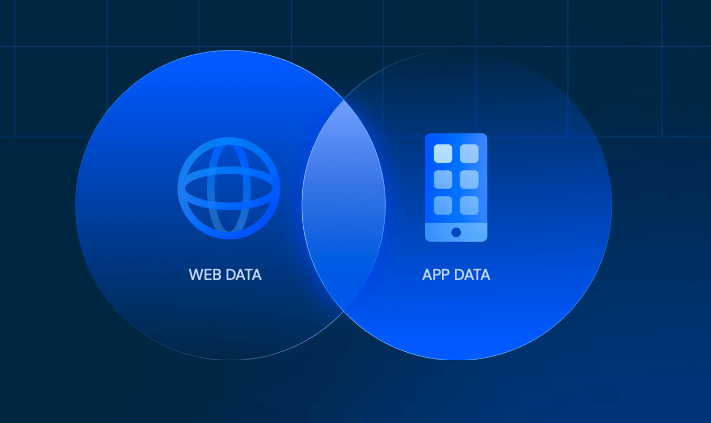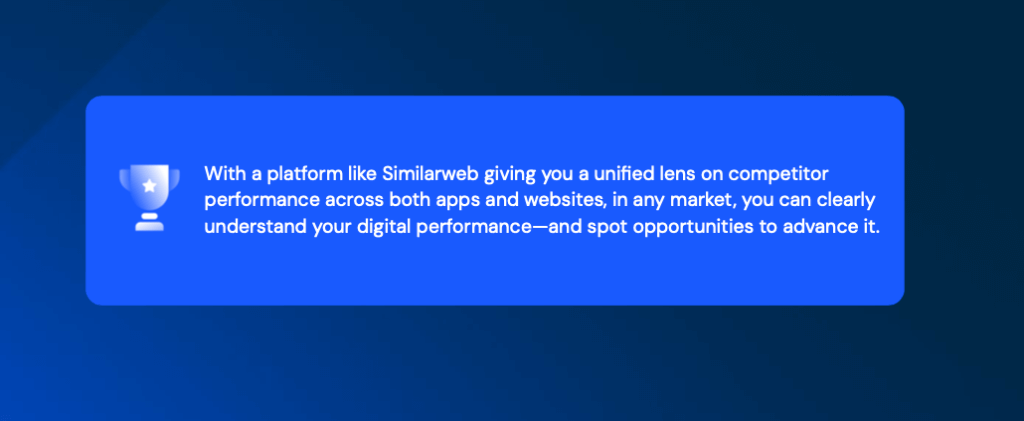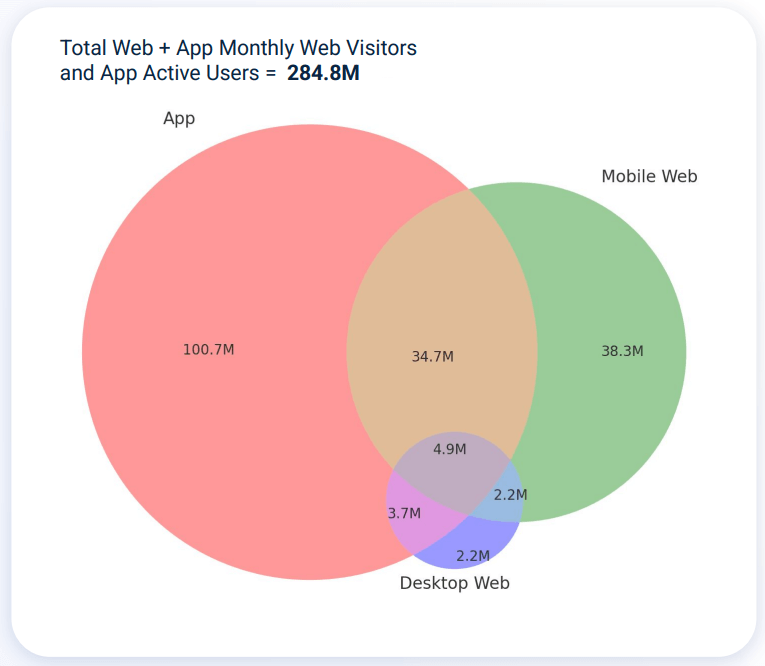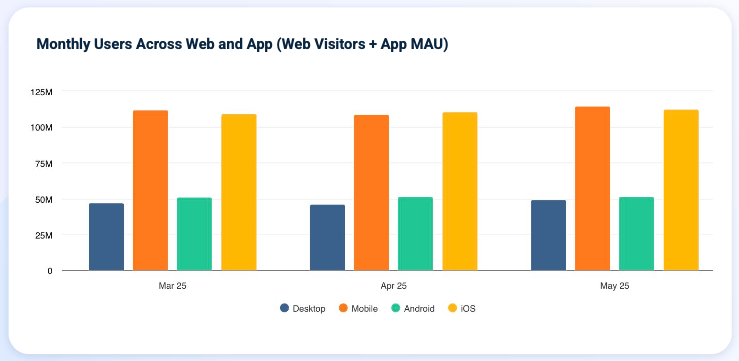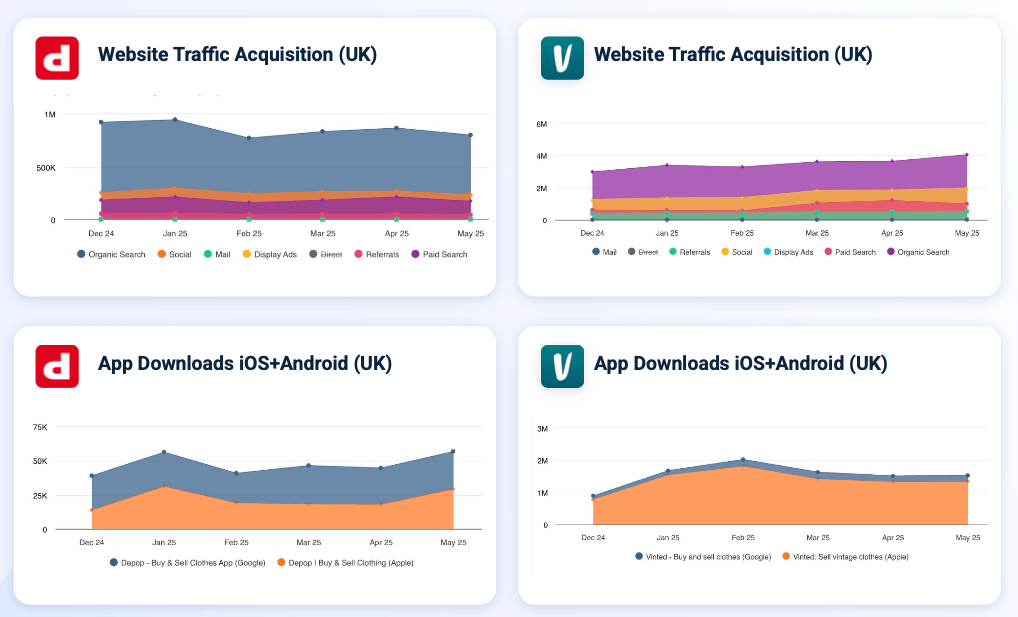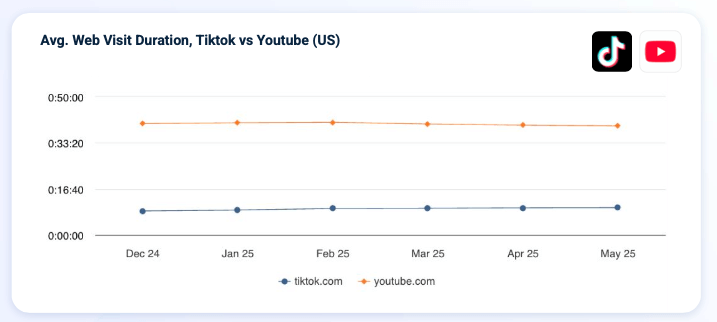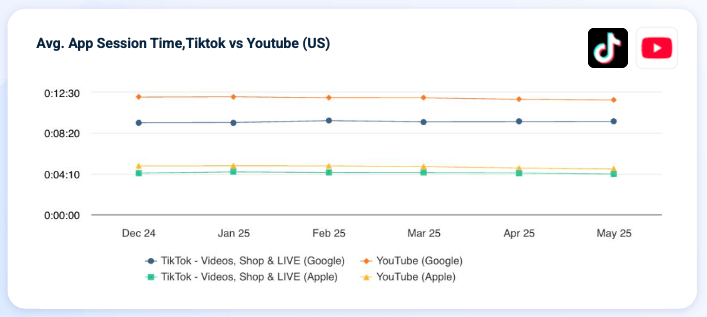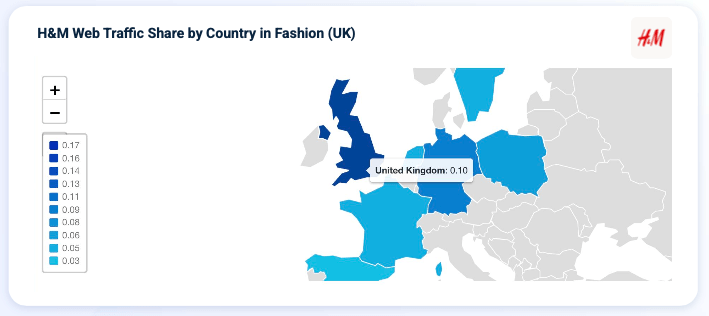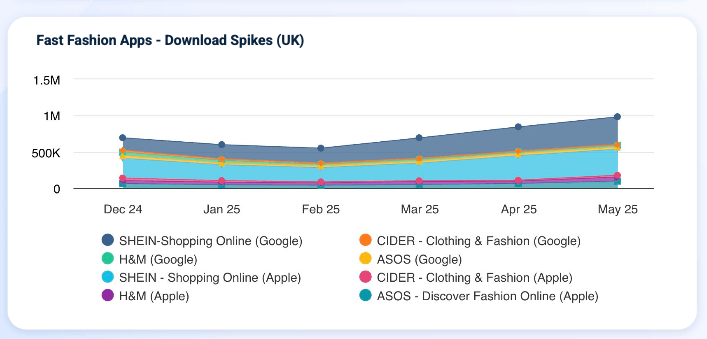How to Combine Web and App Data for Market-Winning Insights

Think about the last time you booked a hotel: you probably opened your favorite app to search for hotels and saved a few options.
The next day, you logged into your account on the website to complete the reservation.
Because here’s the thing.
Customers move seamlessly between web and app as part of a single experience.
But for years, analytics and data teams have treated app and web competitor intelligence as separate platforms and budget items. App and web insights are tracked by different teams, measured with different tools, and reported in different dashboards. And sure, that made sense when mobile was an afterthought. Today, it’s a massive missed opportunity.
So why is your data still stuck in silos?
Why connecting web and app competitive intelligence matters
If your app and web competitive insights live separately, you put yourself at risk.
Reason 1. Misreading performance
Web and app metrics are tracked differently. A “visitor” on your website isn’t the same as an “active user” on your app.
In the health and wellness space, users often start on the web to research fitness plans, diets, or meditation apps. But when it comes to building daily habits, tracking workouts, logging meals, or following guided sessions, they turn to the app.
That’s why app users are typically more engaged, loyal, and valuable, while web users are the ones who discover you first.
Each tells a part of the story, but not the whole.
For example:
- Your top competitor’s web traffic may be growing, but if their app retention is dropping, you won’t see it unless you connect the dots
- One of your competitors might be losing web visits but dominating app downloads. If you’re only watching web data, you’ll assume they’re losing market share
Reason 2. Losing to competitors
Many brands now coordinate their campaigns across all channels. If you’re not watching how they move users from web to app, you’ll lose valuable users.
Take Temu: it drives huge volumes of web traffic, then pushes users into its app with exclusive mobile-only offers. Duolingo, similarly, turns web browsers into engaged app users.
To compete, you need the full view of:
- Who’s gaining users and how
- What platforms your competitors are investing in
- Where your opportunities (and risks) are
Reason 3. Missing key cross-channel strategies
When your web and app competitor data don’t live in the same place, neither do your teams.
Product, growth, marketing, and analytics all need the same source of truth, not different numbers, dashboards, and conclusions.
Unifying web and app insights brings everyone into alignment, so you’re building toward the same goals.
Creating a better strategy based on App and Web insights
Step 1: Analyze total audience, not just traffic
We’ve said it before, but it’s worth repeating: Your audience moves between your site and your app. If you’re not adding it all up, you’re not getting the full view of your reach.
👉 In Similarweb, use Monthly Web Visitors and App MAU to calculate your total digital audience.
Then benchmark this data against competitors to see who’s gaining market growth, and where it’s slowing down.
Step 2: Track acquisition across channels
You ran a campaign. Traffic spiked. Now what?
If you only check the web dashboard, you might miss whether that traffic led to app installs or long-term usage.
👉 In Similarweb use Traffic Sources in Web Intelligence to understand where users came from. Pair it with App Downloads (iOS + Android) to track which channels lead to actual installs and active users.
Step 3: Compare engagement side-by-side
Some users enter your site and leave. Others open your app daily and leave reviews.
You need to compare those behaviors across platforms; otherwise, you’re missing the full picture.
👉 In Similarweb, track Visit Duration (filtered by Engaged Visits) on web. Compare it with Average Session Time per Active User in your app.
Then benchmark against your competitors to see whose engagement strategy is working best.
Step 4: Keep your eye on the market
Staying competitive means knowing who’s rising, where they’re gaining traction, and where you might be falling behind.
New players often show up first in one channel, especially mobile. If you’re only tracking web traffic, you’re going to miss them.
👉 In Similarweb:
- On web: Check websites gaining traffic market share and growth by industry or geography
- On app: Look at apps in top charts, leading in downloads, and industries and geos gaining downloads
The key is to spot shifts early and act before the market catches on.
The goal: One view, one strategy, zero blind spots
The average customer’s journey is dynamic. It flows between websites and apps. So your competitor intelligence should do the same.
When you unify web and app insights, you stop guessing and start knowing:
- Where to invest
- What’s working (and what’s not)
- How you really compare to the competition
And with Similarweb, you can build custom dashboards that allow you to see key app and web metrics side-by-side.
FAQs
Why is it important to unify web and app data for competitive intelligence?
Today’s customer journey spans across both web and mobile apps. By keeping these data sources separate, companies risk misunderstanding user behavior, misjudging competitors’ performance, and missing cross-channel opportunities. Unifying data gives you a complete view of market trends, customer engagement, and strategic growth areas.
What’s the risk of analyzing only web or only app data?
Focusing solely on one channel gives you a partial and often misleading picture. For example, a competitor may show declining web traffic while gaining users and loyalty through their app. Without both views, you might assume they’re losing market share when the opposite is true.
How does user behavior typically differ between web and app platforms?
Web platforms are often the discovery channel where users research or begin their journey. Apps, on the other hand, are used for engagement, loyalty, and frequent interactions. In sectors like fitness or education, users may start on the website and then switch to the app for daily routines or lessons.
What teams benefit from unified web and app insights?
Unified data benefits marketing, product, analytics, and growth teams alike. With a single source of truth, everyone aligns on what’s working, where to invest next, and how to track competitors effectively across platforms.
Wondering what Similarweb can do for your business?
Give it a try or talk to our insights team — don’t worry, it’s free!





